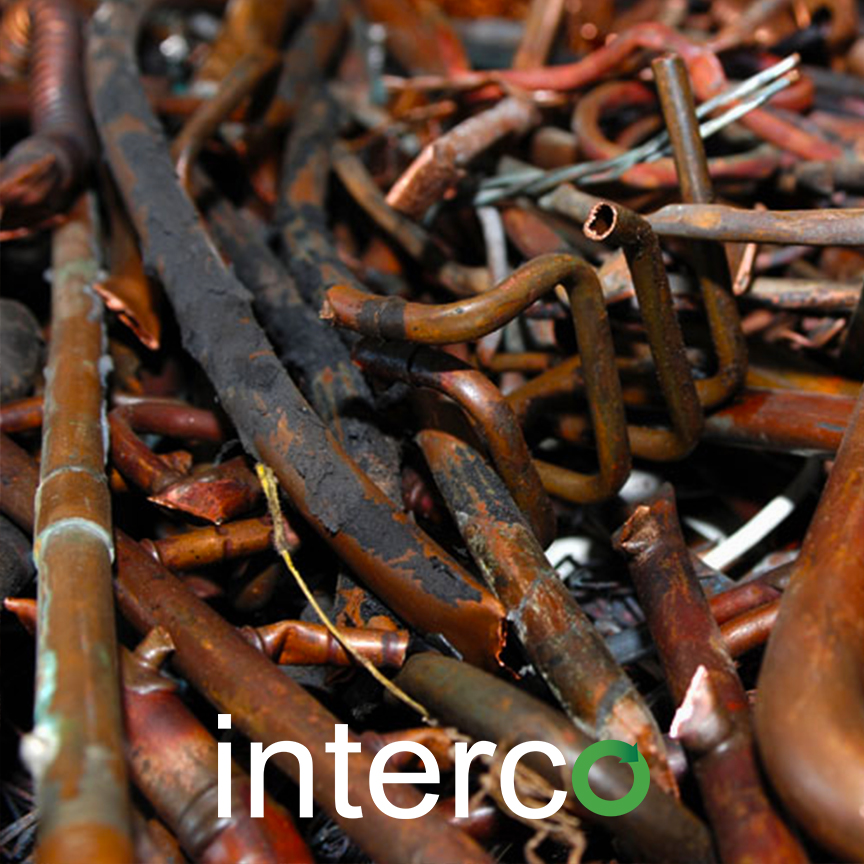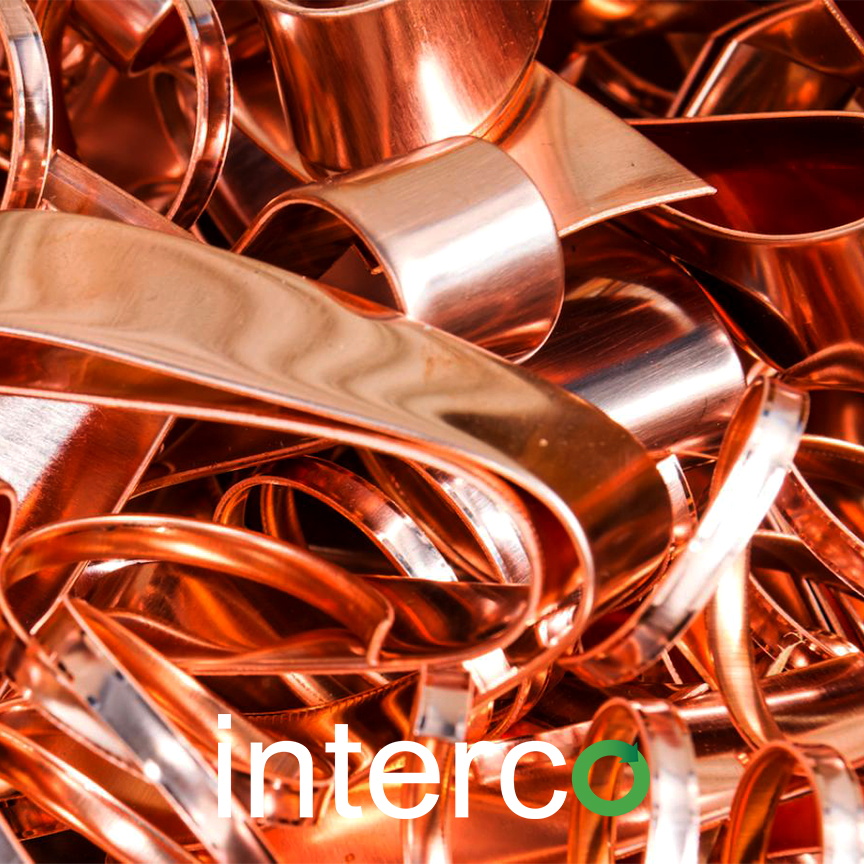Recycling Scrap Red Metals, Metallics, Residues, and Drosses
Recycling Scrap Red Metals, Metallics, Residues, and Drosses

Recycling Scrap Red Metals makes for a great conversation. Scrap metals are very much recyclable. Because of how recyclable they are, it makes them valuable when Recycling Red Metals, Metallics, Residues, and Drosses.
Recycling scrap copper or brass is basically the systematic collection of red metals, residues and drosses that exist at the end of their useful life. When Recycling these industrial Red Metals, recyclers sort the nonferrous scrap by quality and copper content. In addition, they are alloys and are termed red metals because of their similar reddish color characteristic and copper content.
Why are They Valuable?
Recycling this sort of metal can be done repeatedly without any alteration of their intrinsic properties. Especially relevant examples of these scrap red metal, metallics, residues and drosses and why they are valuable:
- Copper: This industrial metal resists corrosion and demonstrates highly malleable characteristics such as being durable and having high thermal and electrical properties. Cable and electronic equipment manufacturers use computer materials. These properties make their scraps valuable.
- Bronze: This red metal is an alloy of copper and other metallic materials. aluminum. It possesses similar properties with copper. Its scraps refined and used to make medals, musical instruments and other hardware materials.
- Brass: The combination of copper and zinc make up this red metal alloy. The amount of zinc present depends on the value of its scrap because more zinc content means less ductility which decreases its value to the electronic industries despite its elevated intrinsic value.
The Process of Recycling Scrap Red Metals

Four main steps comprise the process of recycling scrap red metals. Recycling scrap red metals involve four main steps:
- Collection: First of all, collectors gather the various red metal scraps. Certain manufacturing companies buy these scraps. They buy it from people who sell their worn out equipment, parts, or instruments. These items often contain red metal. This process of buying is the collection process. Accordingly, one of the largest source of red metals represent materials made of copper i.e. connecting wires.
- Sorting: The process of recycling scraps red metals takes off after collection. Consequently, the recycling facilities sort the collected scraps. They sort primarily according to their quality (intrinsic values). Recyclers separate the pure copper from its alloys (i.e. brass, bronze etc.). Processors then use magnets and optical color differentiation sensors and discern the red metal type. After this, they often deliver the material to a metal shredder to prepare it for the next step.
- Melting and Purification: Furthermore, another step is deployed after this material has been successfully collected and sorted. They then subject it to to high temperatures so they can melt and purify the metal and extract the copper. The purification ensures the metal is free of contaminants. This process ensures the metal becomes high-quality.
- Solidifying: Finally, after the scraps have been melted and purified, factories cast them into shapes in its molten state depending on their purpose and leave them to dry.
Conclusion
In conclusion, the need for recycling scrap red metal is imperative as it is more economical for the manufacturing industries than buying raw materials as well as helping the environment. Interco has been Recycling Scrap Red Metal, Metallics, Residues, and Drosses since 1996.